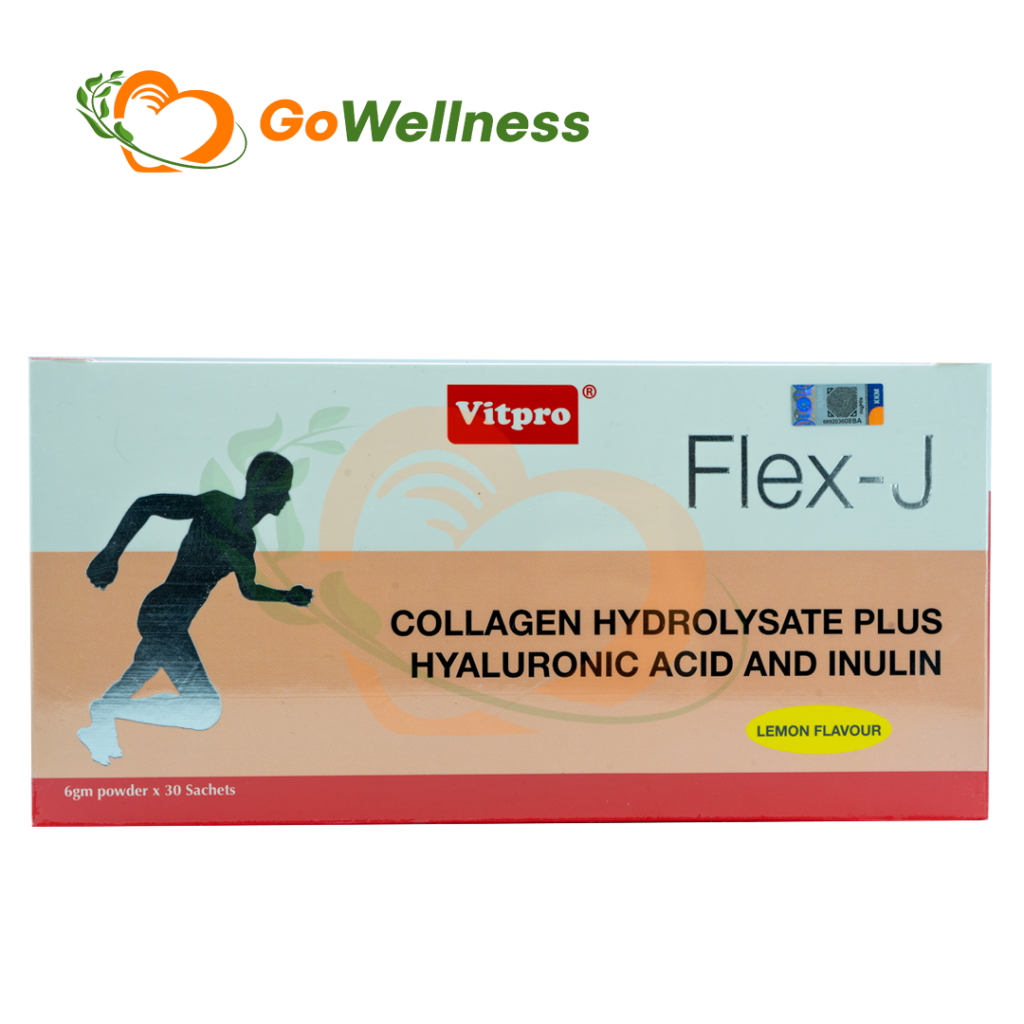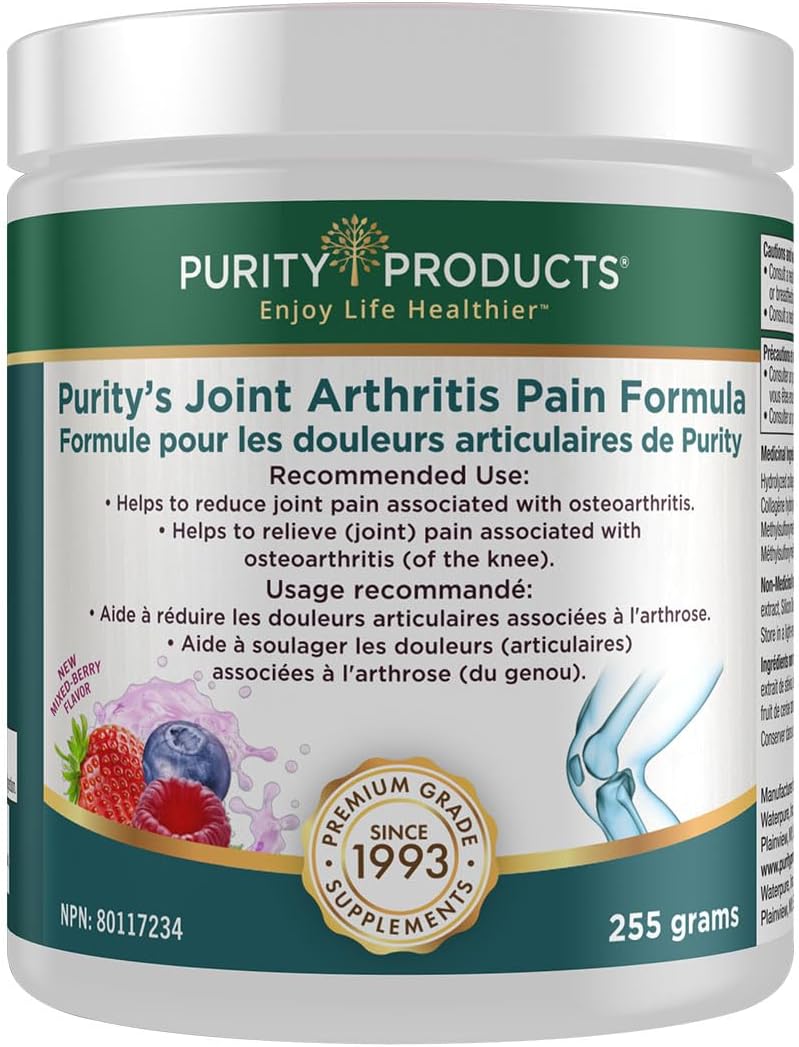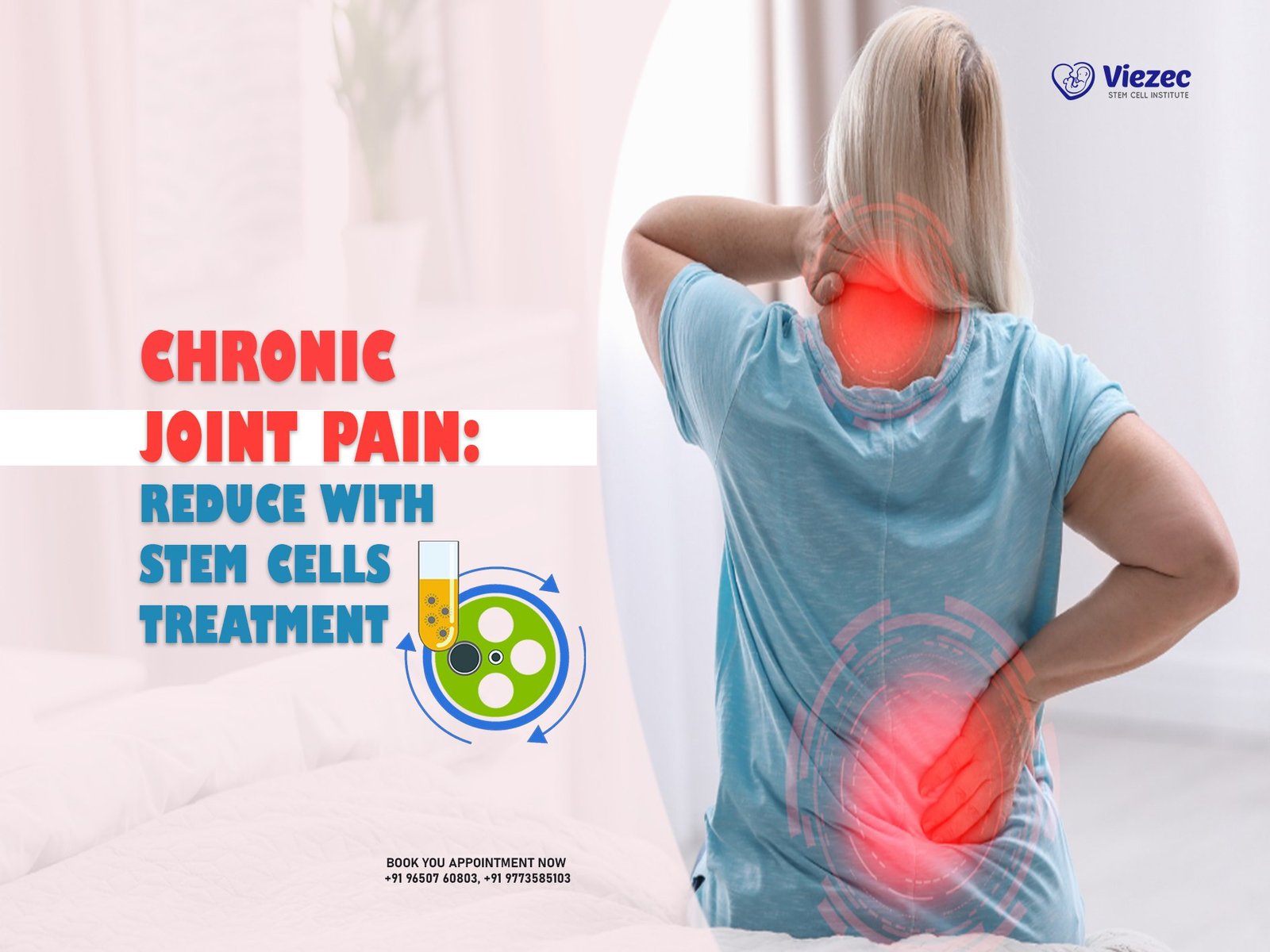How Does Vitaflow Work To Reduce Joint Pain

Joint pain, a pervasive ailment affecting millions globally, significantly impacts quality of life, limiting mobility and hindering daily activities. For many, the quest for effective relief is a constant journey, often fraught with disappointment and side effects. Now, a new contender has entered the arena: Vitaflow, a supplement marketed for its potential to reduce joint pain.
This article delves into the science behind Vitaflow, examining its purported mechanism of action, analyzing available evidence supporting its efficacy, and providing a balanced perspective on its potential benefits and limitations. It aims to offer readers a comprehensive understanding of how Vitaflow claims to alleviate joint pain and whether those claims hold up under scrutiny.
Understanding Joint Pain
Joint pain can arise from various underlying causes, including osteoarthritis, rheumatoid arthritis, injuries, and infections. Osteoarthritis, the most common form, involves the breakdown of cartilage, the protective tissue cushioning the ends of bones within a joint.
This degradation leads to bone-on-bone friction, causing pain, stiffness, and reduced range of motion. Rheumatoid arthritis, an autoimmune disease, inflames the joint lining, leading to chronic pain and potential joint damage.
Effective management of joint pain requires addressing the underlying cause while alleviating the symptoms. Current treatments range from over-the-counter pain relievers and physical therapy to prescription medications and, in severe cases, surgery.
Vitaflow's Claimed Mechanism of Action
Vitaflow distinguishes itself by promoting a multi-faceted approach, targeting inflammation, cartilage health, and overall joint function. The supplement's formulation typically includes a blend of ingredients, each chosen for its purported benefits.
These ingredients commonly include: Glucosamine, Chondroitin, MSM (Methylsulfonylmethane), Turmeric (specifically curcumin), and Hyaluronic Acid.
The purported mechanism of action involves several pathways, including reducing inflammation, supporting cartilage repair, and improving joint lubrication.
Glucosamine and Chondroitin: Building Blocks for Cartilage
Glucosamine and Chondroitin are naturally occurring compounds found in cartilage. They are believed to play a crucial role in maintaining cartilage structure and function.
Vitaflow claims that supplementing with these compounds provides the body with the necessary building blocks to repair damaged cartilage and slow down its breakdown. Some studies suggest that these substances may stimulate chondrocytes, the cells responsible for producing cartilage.
However, the effectiveness of Glucosamine and Chondroitin for joint pain relief is a subject of ongoing debate, with studies yielding mixed results.
MSM: Reducing Inflammation
MSM (Methylsulfonylmethane) is an organic sulfur compound that is believed to have anti-inflammatory properties. Vitaflow promotes MSM as an ingredient that can reduce inflammation within the joints, thereby alleviating pain and stiffness.
Sulfur is a vital component of connective tissues and plays a role in various bodily processes, including detoxification. Research suggests that MSM may also act as an antioxidant, protecting cells from damage caused by free radicals.
Some studies have shown that MSM can reduce markers of inflammation and improve joint symptoms, but further research is needed to confirm these findings.
Turmeric (Curcumin): A Natural Anti-Inflammatory
Turmeric, particularly its active compound curcumin, is renowned for its potent anti-inflammatory and antioxidant properties. Vitaflow incorporates Turmeric to harness its ability to modulate inflammatory pathways and reduce pain.
Curcumin has been shown to inhibit the production of pro-inflammatory molecules, such as cytokines and enzymes. It is also believed to possess analgesic (pain-relieving) effects.
While Turmeric shows promise in managing joint pain, its bioavailability can be a limiting factor. Many Vitaflow formulations include piperine (from black pepper) to enhance curcumin absorption.
Hyaluronic Acid: Lubricating the Joints
Hyaluronic Acid is a naturally occurring substance found in synovial fluid, which lubricates the joints. Vitaflow includes Hyaluronic Acid with the aim of improving joint lubrication and reducing friction.
By increasing the viscosity of synovial fluid, Hyaluronic Acid can help to cushion the joints and improve their range of motion. It may also have anti-inflammatory properties.
Some studies have shown that oral Hyaluronic Acid supplements can improve joint pain and function, particularly in individuals with osteoarthritis.
Evidence and Research: What Does the Science Say?
The efficacy of Vitaflow and its individual ingredients is a complex topic, with research yielding mixed results. Some studies have shown that certain components, such as Glucosamine, Chondroitin, MSM, Turmeric, and Hyaluronic Acid, can provide modest improvements in joint pain and function.
However, other studies have found no significant benefit or have reported inconsistent findings. It is important to note that the quality and design of these studies vary, which can contribute to the conflicting results.
Furthermore, the effectiveness of Vitaflow as a whole may depend on the specific formulation, the dosage of each ingredient, and individual factors, such as the severity of joint pain and the underlying cause.
Expert Opinions and Perspectives
Medical professionals hold varying opinions on the use of Vitaflow and similar joint supplements. Some doctors acknowledge that certain ingredients may provide symptomatic relief for some patients, while others remain skeptical due to the lack of conclusive evidence.
Many experts emphasize the importance of a holistic approach to joint pain management, which includes lifestyle modifications, such as exercise, weight management, and physical therapy. They also caution against relying solely on supplements and encourage patients to discuss their treatment options with a healthcare provider.
"Supplements like Vitaflow may offer some benefit for certain individuals with joint pain, but they should not be considered a replacement for conventional medical care," says Dr. Anya Sharma, a rheumatologist at the Mayo Clinic. "It's crucial to have a comprehensive evaluation to determine the underlying cause of your joint pain and to develop an appropriate treatment plan."
Potential Risks and Side Effects
While Vitaflow is generally considered safe for most people, it is important to be aware of potential risks and side effects. Some individuals may experience mild gastrointestinal discomfort, such as nausea, diarrhea, or constipation.
Glucosamine may affect blood sugar levels, so individuals with diabetes should monitor their glucose levels closely. Chondroitin may interact with blood thinners, increasing the risk of bleeding.
It's always advisable to consult with a healthcare professional before taking Vitaflow or any other supplement, especially if you have underlying health conditions or are taking medications.
Conclusion: A Balanced Perspective
Vitaflow, with its blend of Glucosamine, Chondroitin, MSM, Turmeric, and Hyaluronic Acid, presents a multi-faceted approach to joint pain relief. While some evidence suggests that its individual ingredients may offer modest benefits, more rigorous research is needed to confirm its efficacy as a whole.
Individuals considering Vitaflow should approach it with realistic expectations and consult with a healthcare provider to determine if it is appropriate for their specific condition. A holistic approach to joint pain management, encompassing lifestyle modifications and conventional medical treatments, remains paramount.
The future of joint pain treatment may involve personalized approaches that combine conventional therapies with targeted supplements based on individual needs and genetic factors. Ongoing research will undoubtedly shed more light on the role of supplements like Vitaflow in alleviating joint pain and improving quality of life.


















